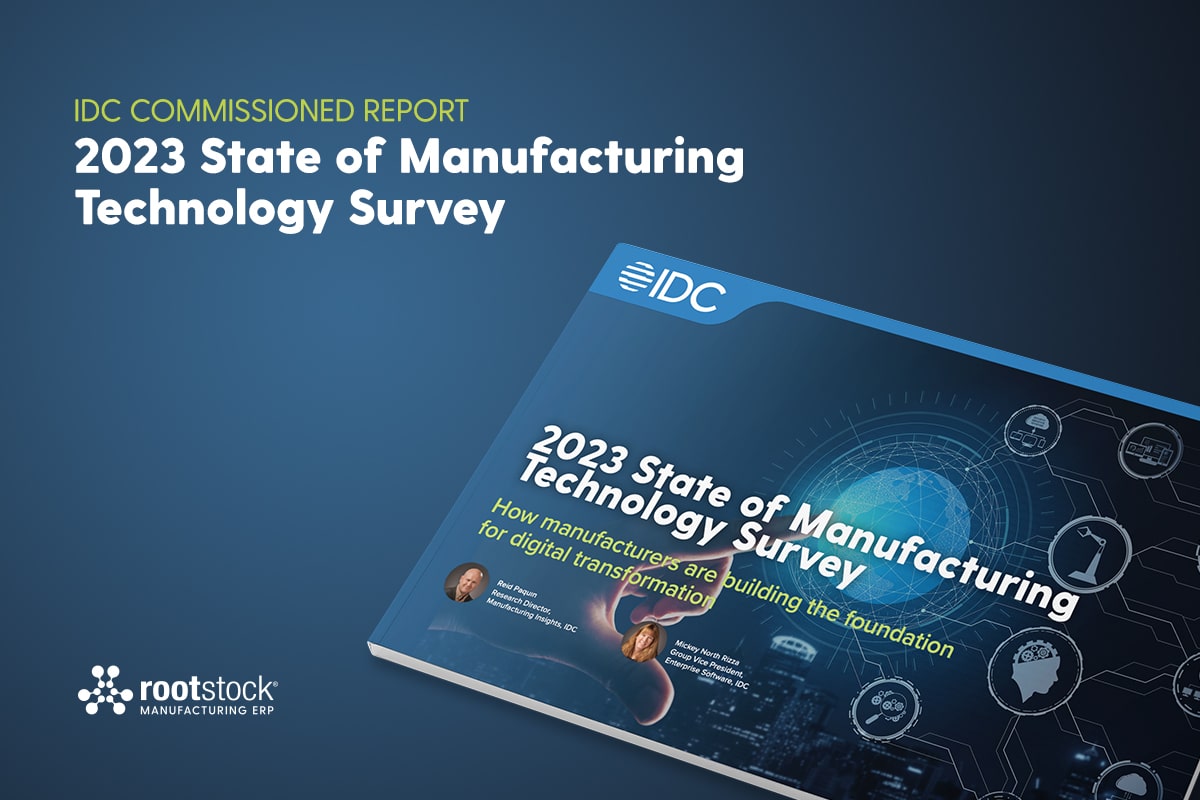The Importance of Data Cleansing
Most would agree – a cloud ERP system is only as useful as the quality of data flowing through it. Therefore, if you are in the process of implementing a new Cloud ERP solution, be sure to include data cleansing as one of the important projects in your implementation process. In both the short and long runs, data cleansing will save you time, frustration and budget. Plus, it will help you ensure having a successful implementation.
If you don’t believe this, ask any veteran of an ERP implementation. They will emphasize that in order to have a successful cloud based ERP installation, you will need to prioritize “data cleansing” near the top of your list of things to do. If you ask those same people to identify the top two or three tasks that they most underestimated, in terms of scope and complexity, they will list “data cleansing” near the top.
ERP Focus notes, “Data cleansing is a huge factor in ERP success because it is leveraged in every phase of the operation. An ERP implementation will be exactly as successful as its testing execution, and the only limitation on testing execution is master data completeness and accuracy. An ERP implementation will be exactly as successful as its training program and effective ERP training requires master data completeness and accuracy. An ERP implementation will be exactly as successful as its synchronization of business data at go-live, and that synchronization requires master data completeness and accuracy. Every success that occurs has complete and accurate master data as a prerequisite.”
According to ERP Focus, there are three primary reasons people underestimate the task of data cleansing:
- Master data is usually spread across among multiple legacy systems, including spreadsheets, and people rarely appreciate how much of it there is;
- Some data cleansing ends up being an iterative process, which creates a bit of a Catch-22 – you can’t test without master data and the reason for the test is to evaluate master data; and
- It is extremely difficult to objectively measure progress on data cleansing, particularly in light of number 2. Data that you might have considered cleansed and complete does not test well and suddenly it becomes “uncleansed.”
What Data Needs Cleansing
Should you delete items that have not sold in years? Or would you consider three years as an appropriate limit? How about an item that you no longer manufacture? What about a customer that has gone out of business or not bought anything from you for the last three years? Likewise, what about a vendor where you haven’t bought product in years? How about all closed sales and purchase orders? What data needs to be kept can be quite arbitrary and dependent on the industry and purpose the data provides. Forecasting needs to be considered as well. There are no hard and fast rules but management needs agree on what does or does not need to be kept, as it can span several departments.
Ask yourself these questions posed by Panorama Consulting:
- Have you ever entered an entry for a price quote and forgotten to delete it?
- Do you have duplicate customer or supplier accounts?
- Do you have any blank description fields for products or generic items?
- Do you have old product codes that are no longer in use?
- Or do you have any critical data in Excel that is NOT in your legacy system?
If you have answered yes to any of the above, these are the types of data that probably need to be cleansed prior to go-live with your new cloud ERP software package.
Learn how to develop a successful Cloud ERP Implementation process with our free e-book, “The Four Critical Elements Needed to Guide Your Cloud ERP Implementation to Success”






